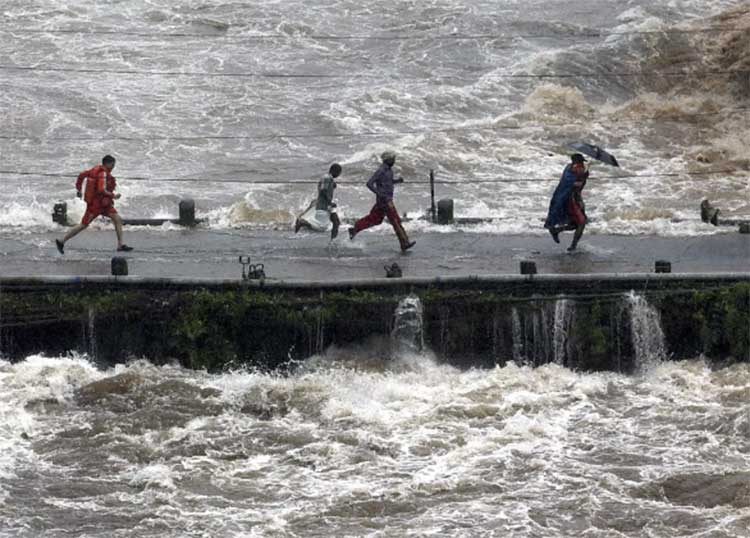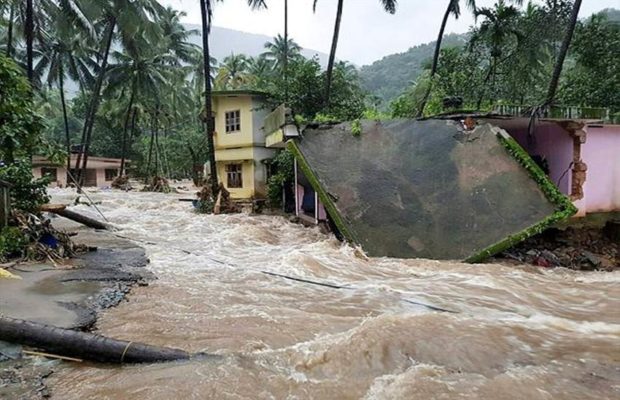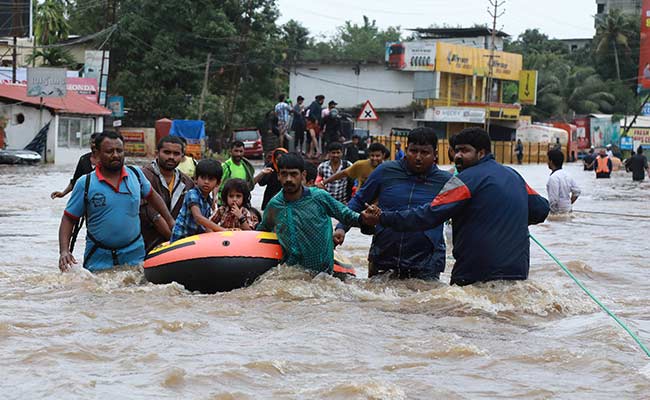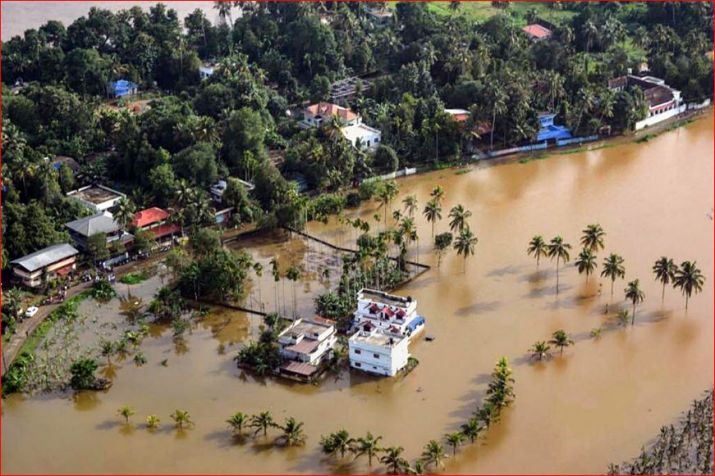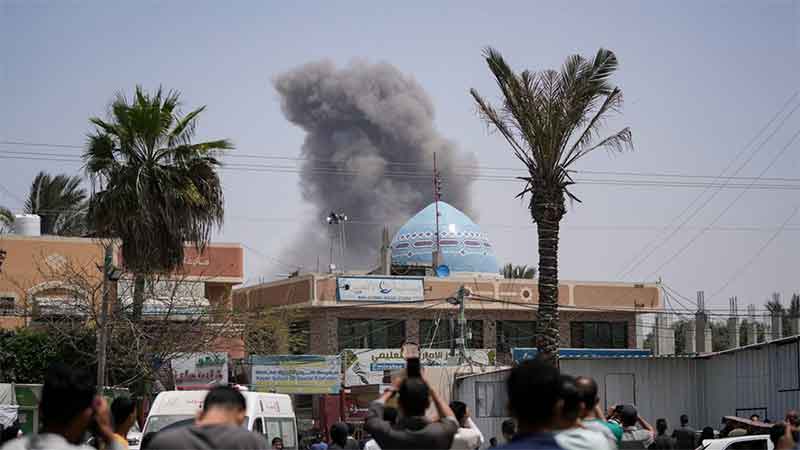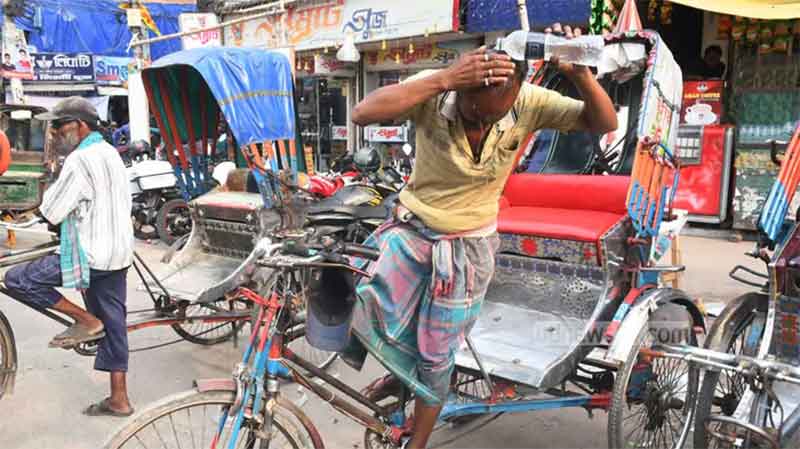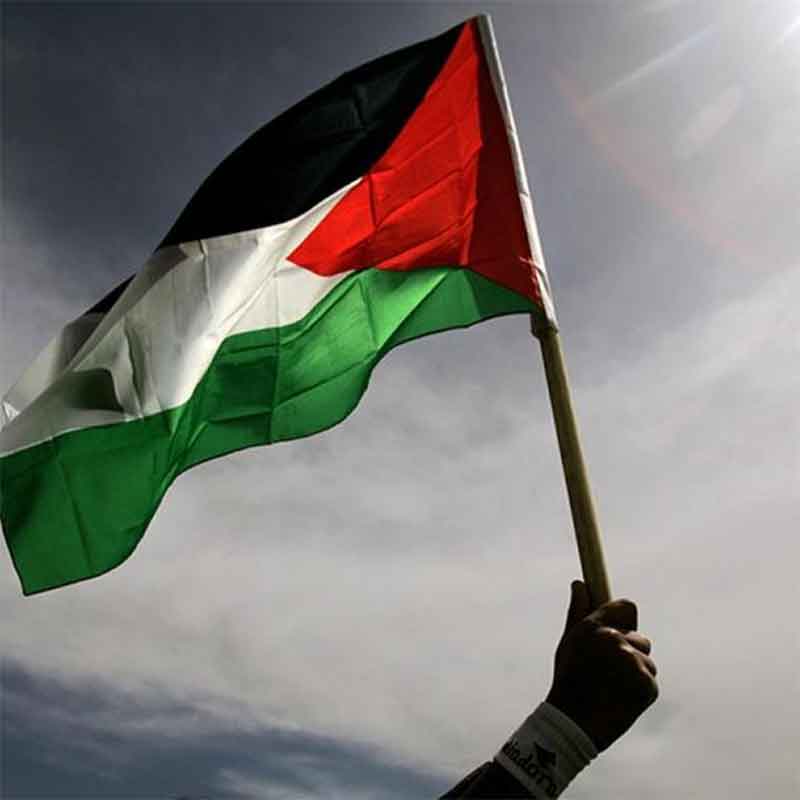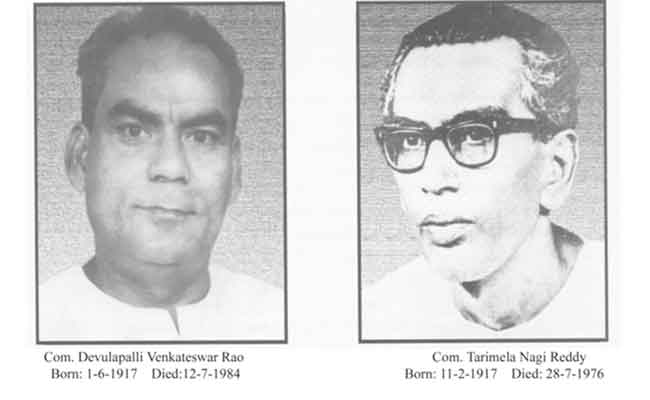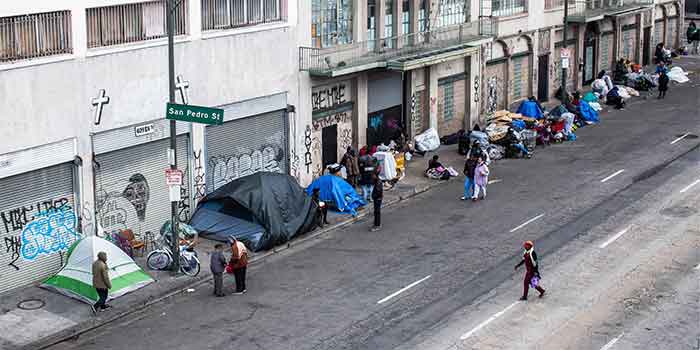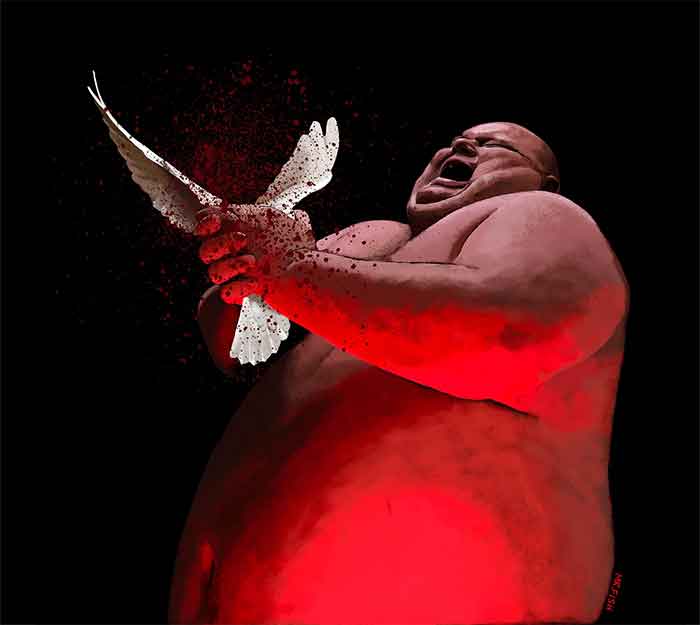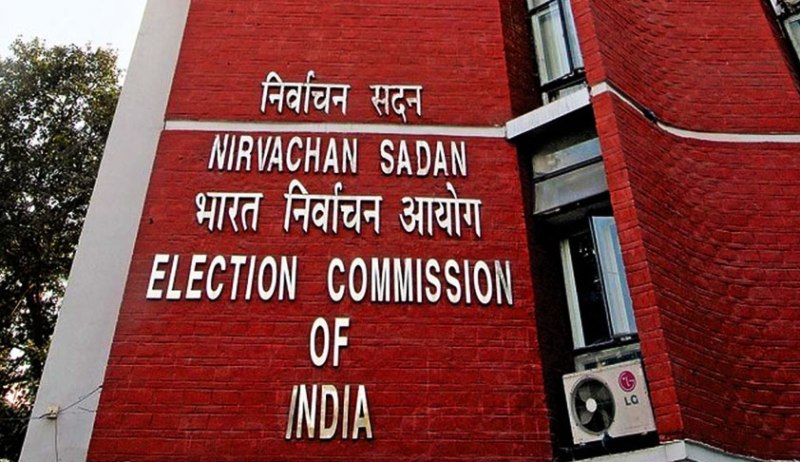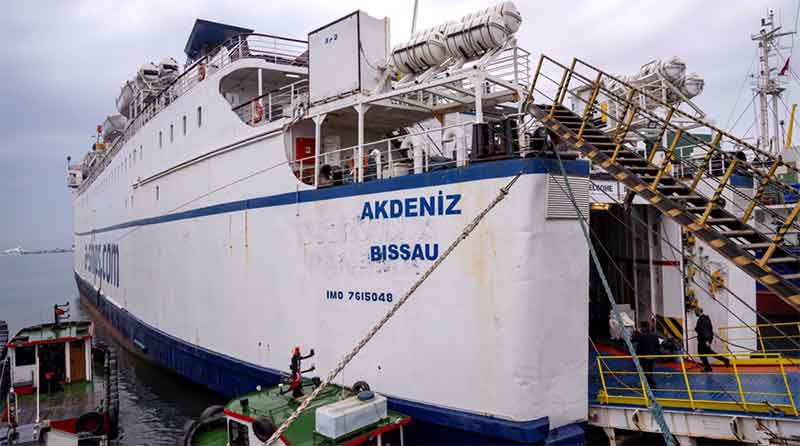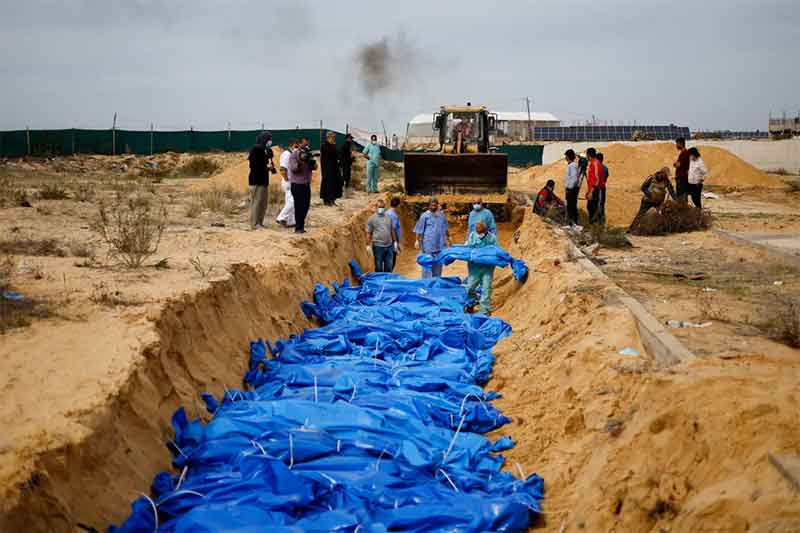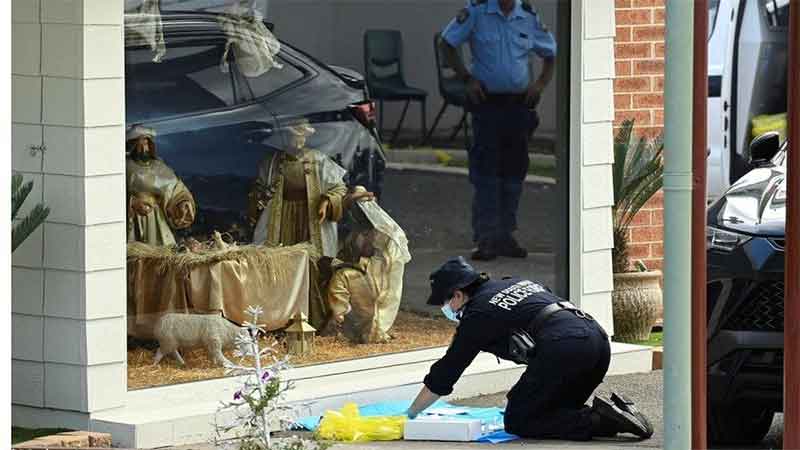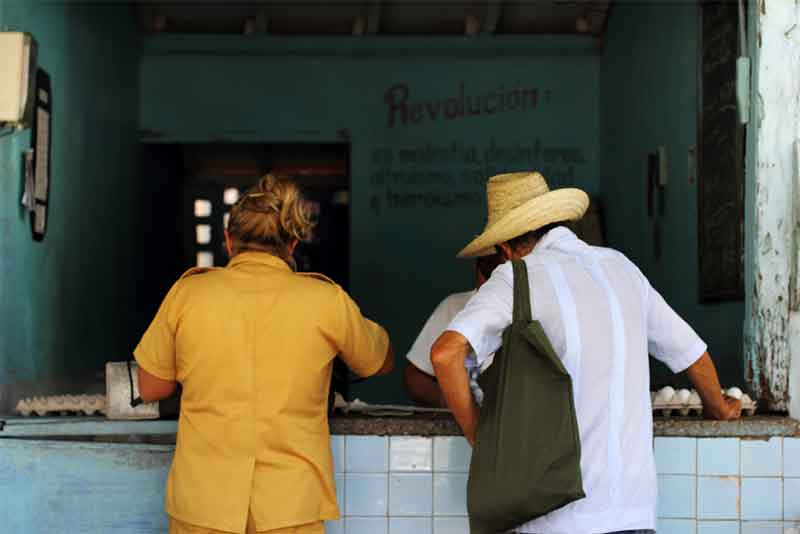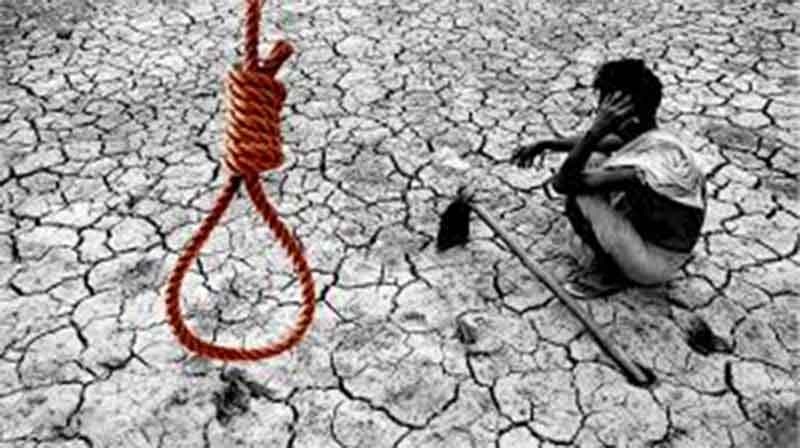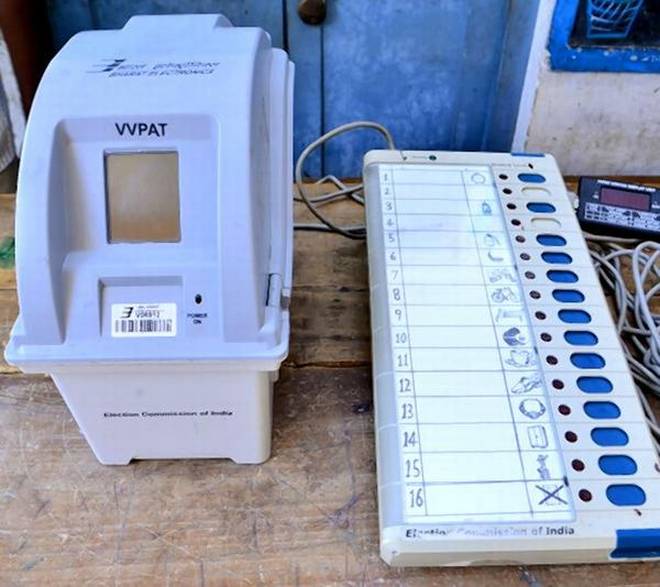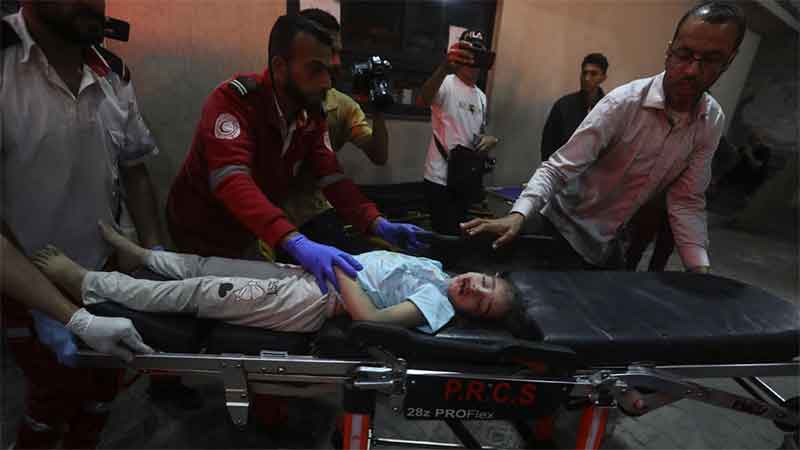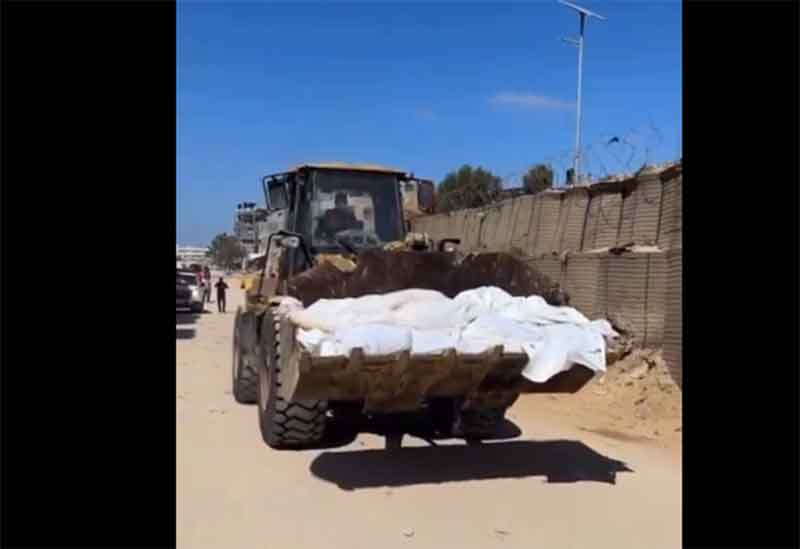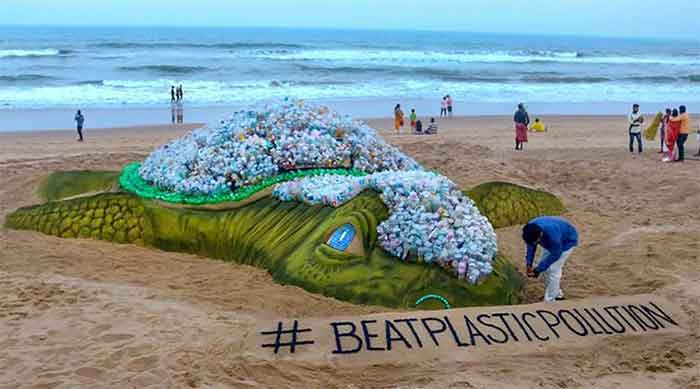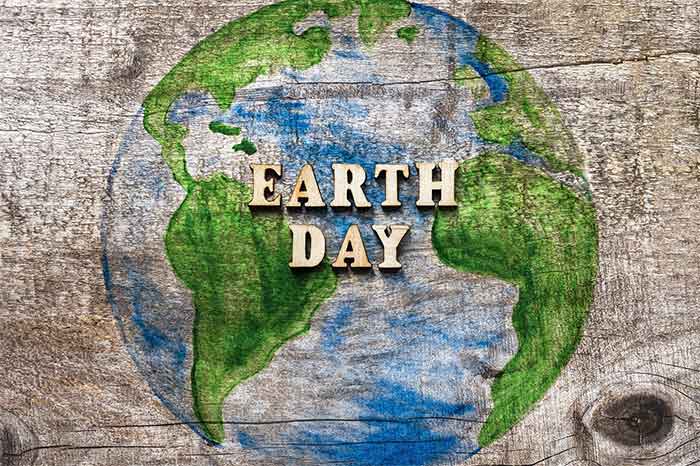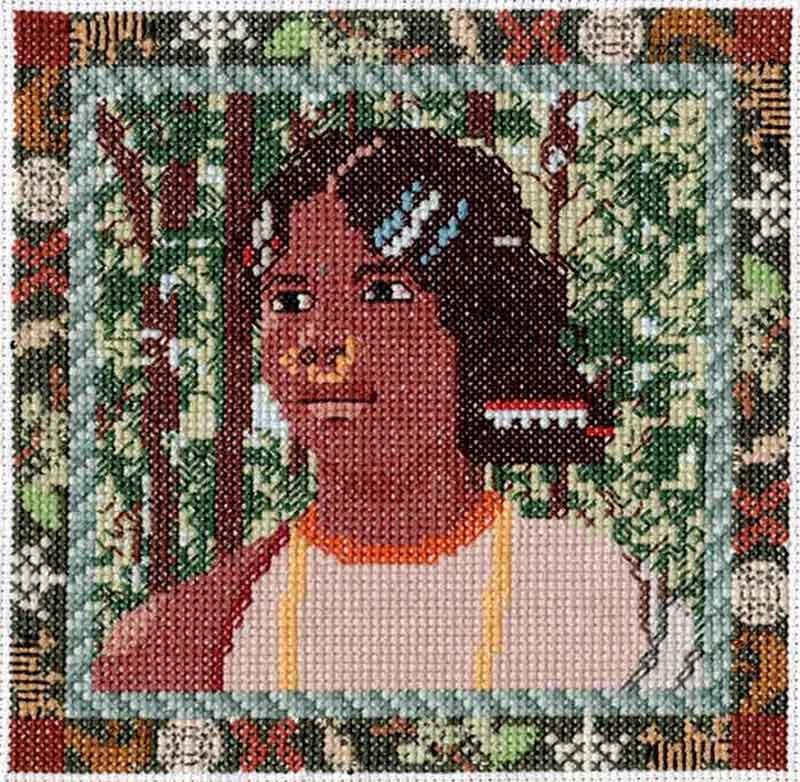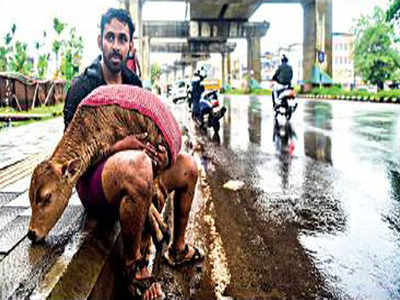
Natural calamities like flood cause severe loss of life and property. This loss of life not only includes loss of human but the loss of animal’s life also. Recently, Kerala has struck with huge problem of flood in which more thousands of animals have been affected and many have been died. During calamities like flood, drought, radioactive explosions, etc. saving human is on the top priority but we must not forget the poor animals in those time. Animals and human have been living together since a long time. They supplement each other in one or other way. Saving life of livestock in such calamities helps affected humans to reestablish, rehabilitate themselves once again. Animals act as insurance for humans as their products like milk, meat, egg, fur, etc. acts as boon during such period. Unfortunately, those animals which have died in this time should be disposed off carefully so as to maintain sanitary conditions post flood.
Rescuing animals
Kerala comes near the sea shore, which is suffering from flood these days due to unplanned and unorganized construction works on the encroached land near the banks of rivers. This flood has put everyone there in problem.
Cautions that should be taken while rescuing animals:
- Make provision of safe place for animals once they are rescued
- Only experienced person in handling animal should be allowed to rescue animals
- Human life should not be put to danger
- While taking animals to the shelter care should be taken for the path on which they travel so as to avoid ditches, harmful solid substances, etc.
Caring of animals for survival
First and outmost priority during such conditions is to make provision of safe water followed by food, then dry and safe shelter for the animals.
Water treated with chlorine, bleaching powder@ 23kg/1,00,000 gallon water, potassium permanganate @4kg/1,00,000 gallon water after being allowed to settle for at least 20 hours are safe for clenching the thirst of animals.
Water requirement of various livestock species
| Animals | Water needed for drinking ltr/day |
| Cattle and buffalo | 30-35 |
| Horse | 36 |
| Pigs | 22-25 |
| Sheep and goat | 15-18 |
Food
Silage which is made in the tower silo, hay, complete feed block offers a good option of feeding during such conditions. Generally 8% of body weight food with 70% TDN will provide sufficient nutrients for survival during these conditions.
Shelter
Dry, safe place should be provided after rescuing them.
Identification of animals
Many livestock owners are using identification methods like ear tag, ear notching, tattooing, neck tags, etc. to identify animals. Similar type of animals should be separately sheltered and if possible they could be returned to their respective owners after flood.
Disposal of animal carcass
Unfortunately, more than thousands of animals have been affected and many have died in Kerala due to flood. Disposal of such animals should be done correctly to avoid problems during and post flood like diseases, unhygienic conditions etc. They should be disposed off by applicable methods of animal disposal like incineration, burial, composting in far place whichever may be fitting to the condition.
It is not possible to compensate the loss of life during this flood yet with better management efforts we can help many poor animals. This will help many poor and marginalized section of community to stand and grow up once again after enduring such adverse situation.
Amit Kumar Singh, M.Sc. LPM Scholar, ICAR-NDRI, Karnal, 132001
email- [email protected]

